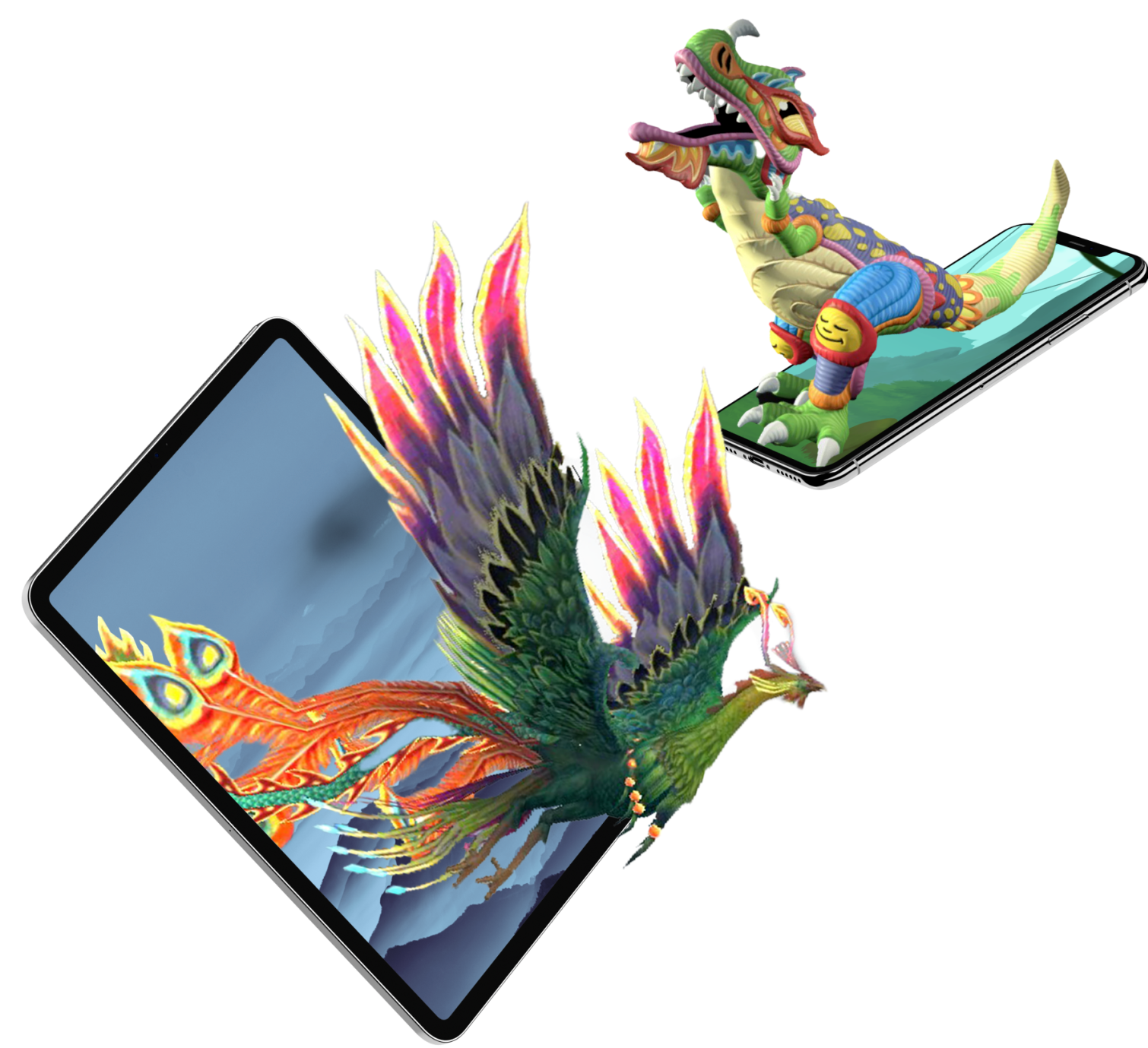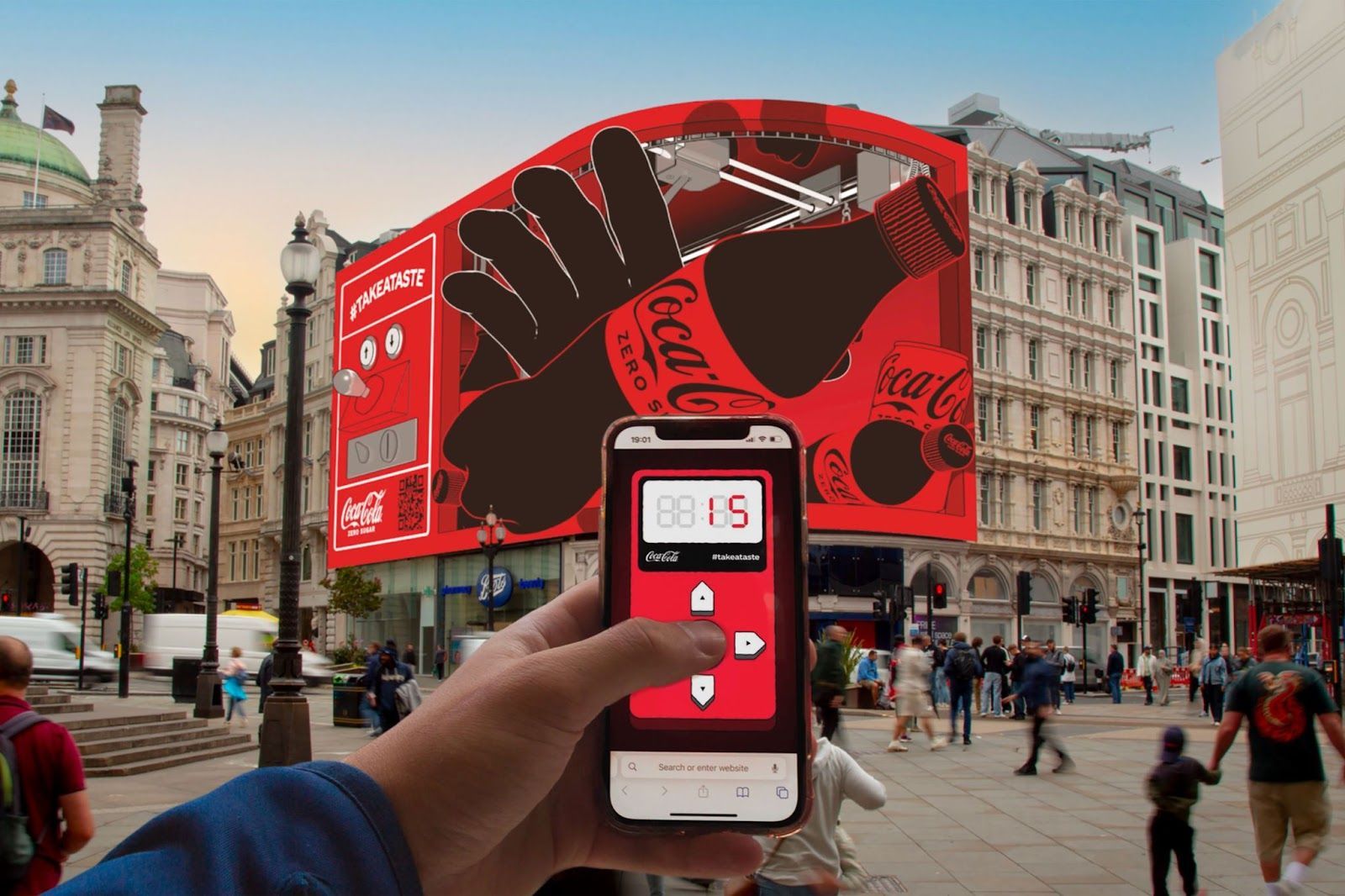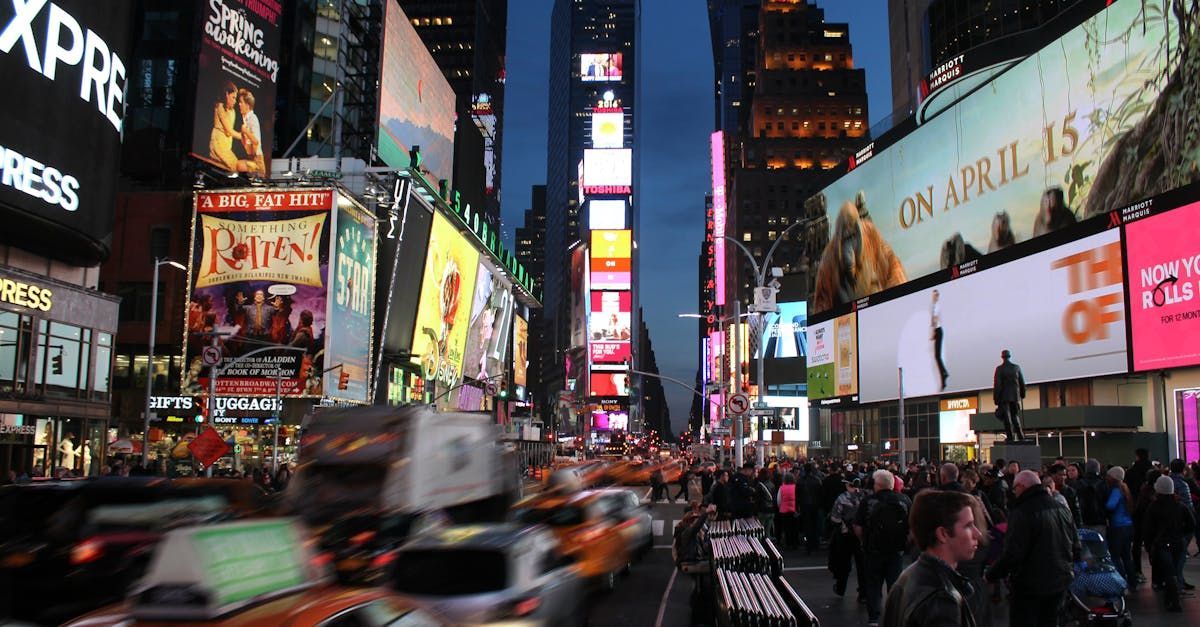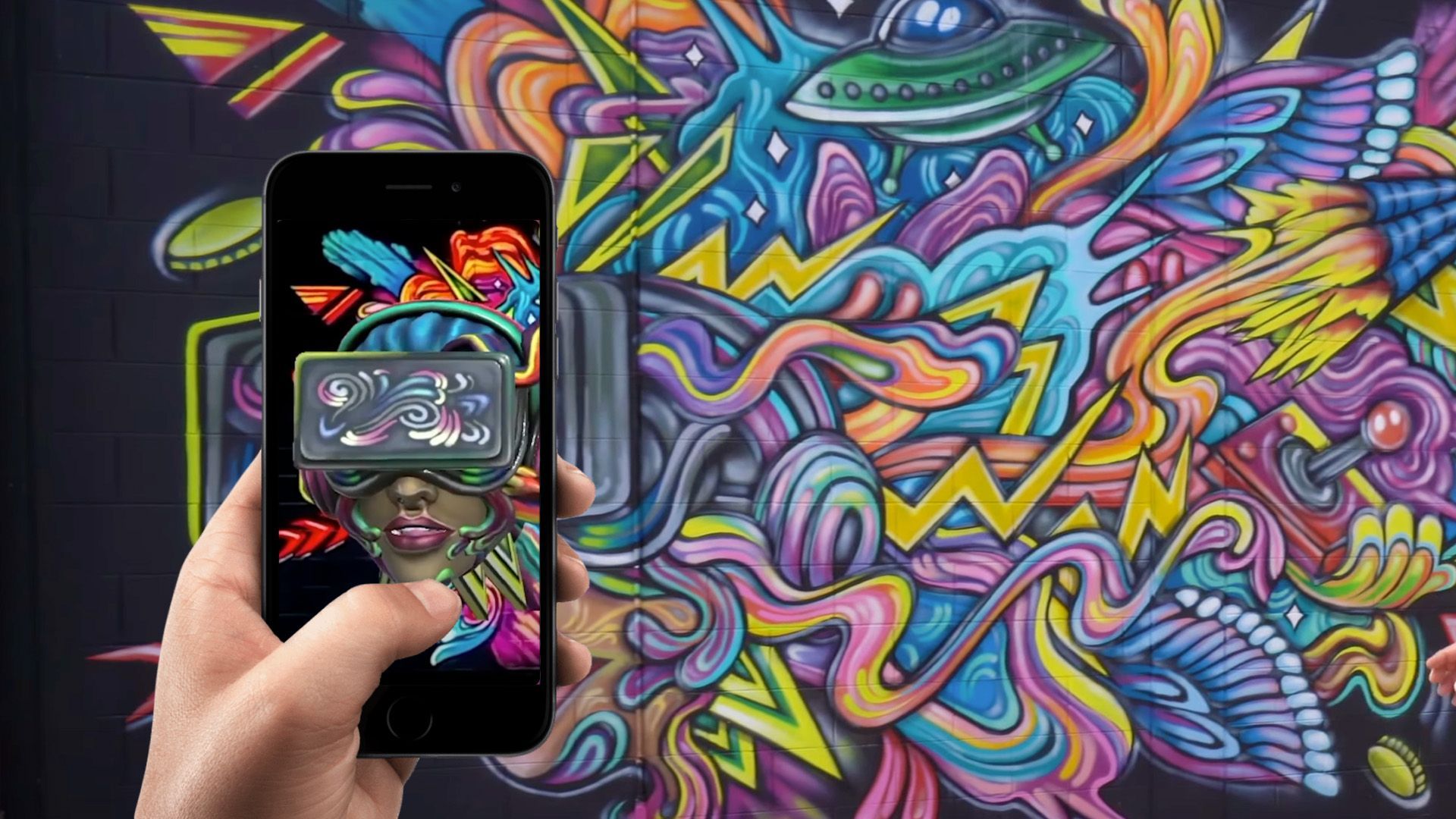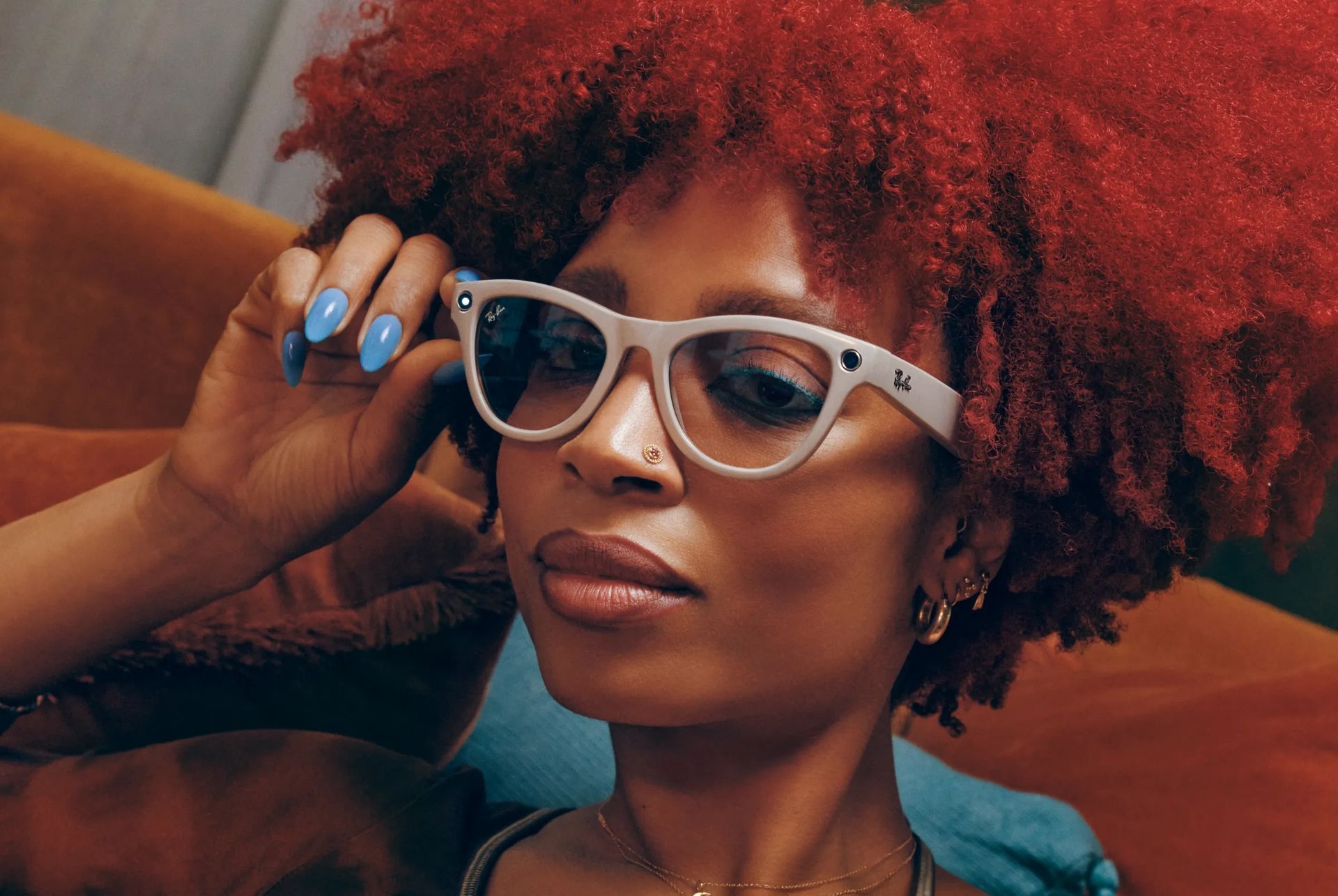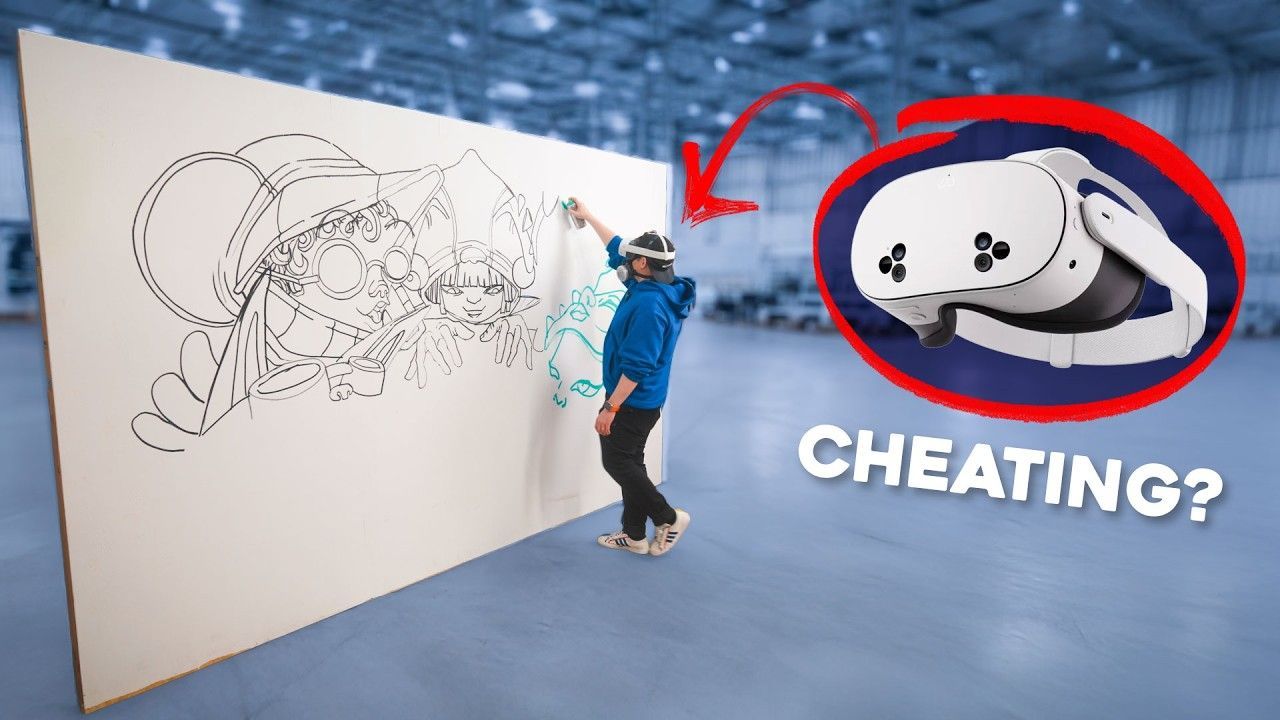The Rise of Immersive Art
Immersive art has become a captivating and transformative medium that has been making waves in the art world in recent years. With its ability to engage audiences on a profound level, immersive art has created a new and exciting way to experience and interact with art. In this article, we will explore the rise of immersive art, its various forms, and the impact it has had on the art world.
Introduction
Art has always been a powerful means of expression, but with the advent of immersive art, artists now have the ability to transport viewers into entirely new worlds and dimensions. By blending technology, creativity, and experiential design, immersive art has revolutionized the way we perceive and engage with artistic experiences.
What is Immersive Art?
Immersive art refers to art installations or experiences that fully surround and engulf the viewer, creating a sense of immersion and presence. It goes beyond traditional forms of art by incorporating various mediums such as virtual reality (VR), augmented reality (AR), and mixed reality (MR) to create a multi-sensory and interactive encounter.
The History of Immersive Art
The roots of immersive art can be traced back to the 1960s, with the emergence of experimental art movements like installation art and performance art. These movements challenged the conventional boundaries of art by creating immersive environments that blurred the line between the viewer and the artwork.
Types of Immersive Art Experiences
- Virtual Reality (VR): VR art transports viewers into computer-generated environments, allowing them to explore and interact with a virtual world. With the use of headsets, users can step into a different reality and engage with art in a more intimate and personal way.
- Augmented Reality (AR): AR art overlays digital elements onto the real world, blending the physical and virtual realms. Through the use of smartphones or AR glasses, viewers can see and interact with digital art within their own environment, adding a new layer of interactivity to the art experience.
- Mixed Reality (MR): MR art combines elements of both virtual and augmented reality, creating a seamless blend of the real and virtual worlds. With MR, viewers can interact with virtual objects and characters that appear as if they are part of the physical world, fostering a sense of wonder and awe.
Benefits of Immersive Art
Immersive art offers several advantages that set it apart from traditional art forms:
- Enhanced Engagement: By immersing viewers in a captivating environment, immersive art captivates their attention and fosters deep engagement. The interactive nature of these experiences allows viewers to become active participants, forging a stronger connection with the artwork.
- Emotional Impact: Immersive art has the power to evoke strong emotions and create lasting impressions. By enveloping viewers in a unique sensory experience, it can elicit a wide range of emotions, from joy and awe to contemplation and introspection.
- Multi-Sensory Experience: Unlike traditional art, immersive art appeals to multiple senses simultaneously. It combines visual elements with sound, touch, and even smell, creating a truly multi-dimensional encounter that stimulates the senses in unexpected ways.
Popular Immersive Art Installations
Several immersive art installations have gained widespread acclaim and popularity. Here are a few notable examples:
- Yayoi Kusama's Infinity Mirrors: Kusama's mirrored rooms, filled with dazzling lights and endless reflections, offer visitors an otherworldly experience. These installations transport viewers into a realm of infinite possibilities, blurring the boundaries between the self and the universe.
- TeamLab Borderless: TeamLab's digital art installations create immersive worlds where boundaries between artworks merge, creating an interconnected and ever-evolving experience. Visitors can interact with and influence the art, fostering a sense of co-creation.
- Meow Wolf's House of Eternal Return: This interactive art experience takes visitors on a journey through a mysterious and fantastical world. By exploring different rooms and uncovering hidden narratives, participants become immersed in a captivating story.
Immersive Art in the Digital Age
In an increasingly digital world, immersive art has found new avenues for expression:
- Online Virtual Galleries: Virtual galleries provide a platform for artists to showcase their immersive art to a global audience. Through virtual walkthroughs and interactive elements, viewers can engage with these artworks from the comfort of their own homes.
- NFTs and Digital Art: The rise of non-fungible tokens (NFTs) has opened up new possibilities for digital artists. Immersive digital art can now be tokenized, bought, and sold, allowing artists to monetize their creations and reach a broader market.
The Impact of Immersive Art on the Art World
Immersive art has had a profound impact on the art world, challenging traditional notions of art and expanding its reach:
- Breaking Traditional Boundaries: Immersive art blurs the boundaries between different artistic disciplines. It combines elements of visual art, technology, and performance, creating a truly interdisciplinary and boundary-pushing form of expression.
- Attracting New Audiences: Immersive art experiences have attracted a diverse range of audiences, including those who may not typically engage with traditional art forms. By offering interactive and engaging encounters, immersive art has broadened the appeal of art to a wider demographic.
- Expanding Artistic Possibilities: Immersive art has expanded the possibilities for artistic expression. Artists can now create dynamic, multi-sensory experiences that were previously unimaginable, pushing the boundaries of what art can be and how it can be experienced.
The Future of Immersive Art
The future of immersive art holds exciting prospects for both artists and audiences:
- Advancements in Technology: As technology continues to advance, immersive art experiences will become more sophisticated and accessible. Innovations in virtual and augmented reality, haptic feedback, and AI will open up new avenues for artistic exploration and creativity.
- Integration with Other Industries: Immersive art is not limited to the art world alone. It has the potential to integrate with other industries such as entertainment, gaming, education, and therapy. The immersive nature of these experiences makes them suitable for various applications beyond traditional art spaces.
Conclusion
Immersive art has revolutionized the art world by offering captivating and transformative experiences that engage audiences on a profound level. With its ability to transport viewers into new realms and create multi-sensory encounters, immersive art has expanded the possibilities of artistic expression and engagement. As technology continues to advance, we can expect even more innovative and immersive art experiences in the future.
FAQs
1. How can I experience immersive art?
Immersive art experiences can be found in various art galleries, museums, and dedicated immersive art spaces. Additionally, some artists and organizations offer virtual immersive art experiences that can be accessed online.
2. Can immersive art be enjoyed by everyone?
Yes, immersive art is designed to be inclusive and accessible to a wide range of audiences. Whether you're an art enthusiast or simply curious, immersive art experiences are meant to engage and captivate viewers of all backgrounds.
3. Are immersive art installations interactive?
Yes, many immersive art installations encourage viewer interaction. From touching and moving objects to influencing the digital elements, interactivity is often an integral part of the immersive art experience.
4. How does immersive art impact the artist's creative process?
Immersive art challenges artists to think beyond traditional mediums and explore new ways of storytelling and expression. The immersive nature of these experiences often requires collaboration with technologists, designers, and other specialists to bring their vision to life.
5. Can immersive art be replicated or experienced digitally?
While digital reproductions can provide a glimpse into the immersive art experience, they cannot fully replicate the sensory and emotional impact of physically being present in an immersive art installation. However, advancements in virtual reality and augmented reality technology are bridging this gap, offering more immersive digital experiences.
TALK TO A PRO
We're here to bring your brand to life!
Stay Connected with BrandXR
Create Augmented Reality for Free!
Create, Publish, and Measure 3D Augmented Reality Experiences Without Having to Code.
